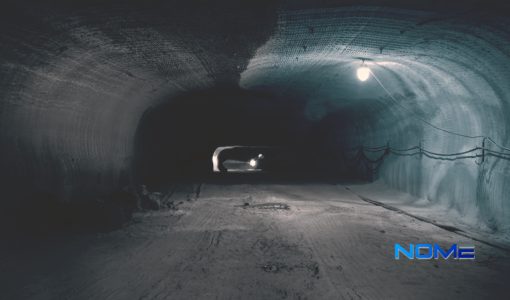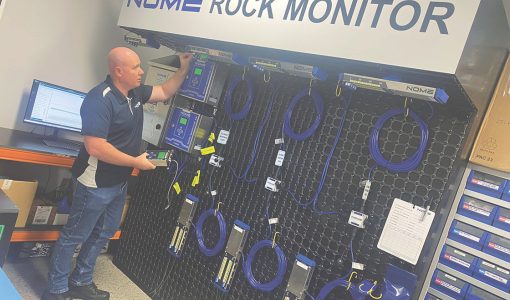This story was originally published on Safe to Work Magazine
If there’s one word Strata Worldwide managing director Tony Napier uses to describe the company’s collision avoidance technology, it’s ‘dependable’.
Strata’s HazardAVERT system is designed to alert workers to imminent machine-to-machine or machine-to-person collisions. The system works via communication between electromagnetic devices worn by workers and attached to machinery. That means no machine learning is required, just good old-fashioned physics.
“One of the biggest issues with other proximity systems is variations in performance,” Napier told Safe to Work. “A huge strength of the HazardAVERT system is its reliability and consistent performance across variations in worksites.”
With the continued rise of artificial intelligence (AI), mine sites have recently been graced with tagless systems that are able to identify people and assets using machine learning.
And while there are certainly places for those AI technologies, there’s no replacement for tried-and-true collision avoidance technologies like HazardAVERT.
That was what global mining titan BHP felt when it selected Strata’s HazardAVERT technology at the Olympic Dam copper mine in South Australia.
After a two-year selection process, HazardAVERT is being deployed across 700 underground vehicles at the site – the largest single order of HazardAVERT to date. The system will also be implemented with 120 underground refuge chambers, so drivers would easily be able to locate their nearest safety pod in an emergency.
While many proximity-detection systems provide coverage of up to 20m, HazardAVERT extends out to 50m, which was a requirement from BHP. Napier said this gives pedestrians and vehicle operators critical extra seconds to take corrective action. And as the mining industry has previously discovered, those additional seconds can be the difference between safety and fatality in a collision event.
HazardAVERT is dependable and simple to integrate, making it a great fit for a range of mine sites. The technology has been deployed at new and established mines, and at a range of intervention levels. This spans from intervention level seven (audible and visual alarms) through to level nine intervention controls, where HazardAVERT will physically stop a vehicle in a proximity event.
It has long been said that people learn from their mistakes, and while this remains true, HazardAVERT’s data capture allows mine sites to learn from the mistakes they don’t make.
Proximity-detection data is reported to management via the cloud, giving site leaders the ability to identify and action potentially high-risk behaviours in the workforce. While not something that can be quantified, this can help avoid future proximity events altogether.
Strata also has an AI proximity-detection system called HazardAI, which has its own unique applications. Using a combination of stereoscopic 3D cameras and AI, the system is able to differentiate between people, machines and obstacles out to 30m, and analyse collision potential.
“HazardAI and HazardAVERT can work concurrently, because while they have the same purpose – collision avoidance – they operate in different manners and have different strengths,” Napier said.
HazardAI’s applications are relatively broad, including static and mobile applications like workshops to monitor the interactions between people and vehicles, or in high-risk areas thanks to its ability to establish exclusion zones.
In the case of mobile applications, the system can be mounted to mobile assets to monitor the interactions between people and vehicles.
HazardAI also has the benefit of not requiring tags, making it well suited in circumstances in which those tags cannot be guaranteed. In the resources industry, this might be a fabrication workshop, vehicle depot, or quarry, where members of the public might be located in the immediate vicinity.
In high-risk areas requiring an exclusion zone, HazardAI could be used to trigger an alarm if a person enters a zone in which heavy vehicles travel.
Similarly to HazardAVERT, HazardAI sends proximity data back to management via a series of reports and online portals, providing a more accurate picture of the day-to-day situation on the ground.
...
To continue reading the full story, please visit Safe to Work Magazine - Betting Safety on a Sure Thing
For more product information visit:
HazardAVERT Proximity Detection
HazardAI Artificial Intelligence Machine Visions Sensors



